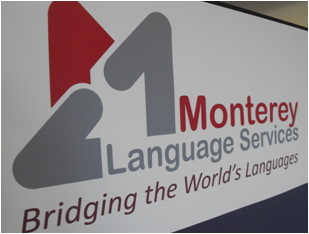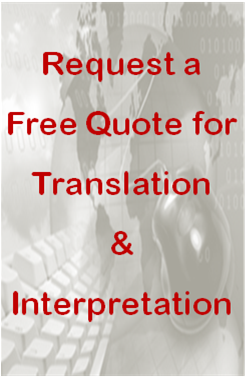Are you working as a transcriptionist? Even if you aren’t, as a translator or an interpreter, there may be times that you are asked to do transcription. As you might find out while doing transcription work, it can be very time consuming if you aren’t very experienced and know ways to make things easier. But there are a few simple things to make sure that you are making the most of your time without sacrificing quality.
First, this might seem very obvious, but make sure to use good headphones. You don’t have to splurge on headphones that people in the music industry might use, but a good pair of headphones can make all the difference even if you are not an audiophile. The types of audio files you will receive from your client will differ in quality. Sometimes they will be pristine quality, but sometimes you will have trouble hearing what some people are saying. This is where having a good pair of headphones will come in handy. The extra money you pay for headphones can be the difference between you trying to listen to a part over and over again and make out what is being said.
Next, make sure that you are in a comfortable environment where you will not be easily distracted or hear any kind of extra sounds. If you buy a pair of noise cancelling headphones, you might not have to worry about extra sounds bothering you, but it is still advisable to work in a place where you will not be disturbed.
You can also try to automate the job. While in the past, this might have not been a viable option, in the present day, there are a variety of tools out there that you can use to automatically catch the words for you and write them down. Of course, these kinds of programs are not without their flaws. There are tools like Zoom that can automatically transcribe meetings as long as you tell it to while the meeting is happening and other tools like Express Scribe that help you to ensure that the job gets done with integrated controls that help you control the recording while still typing.
Also be sure to sample the audio before you begin. This will help you figure out what you are dealing with as well as let you gauge how easy or difficult it will be to get through the audio. If you have to tweak the audio on your side so that you can make out what people are saying, then be sure to let the client know that it will take you about 1 hour to transcribe fifteen minutes. Both you and your client will be grateful if you take the time to go through the audio and make sure that you have an accurate assessment of how long it will take.
Overall, transcription can be a lengthy job that takes specific skills to do well. But this doesn’t mean that you will not be able to do the job well. As long as you have the right equipment and the enthusiasm, you will be able to get transcription done to a level that will be satisfactory to both you and your client.



 (7 votes, average: 3.29 out of 5)
(7 votes, average: 3.29 out of 5)

